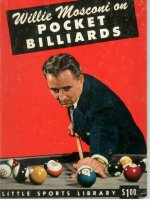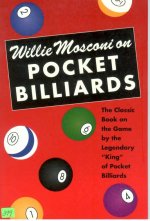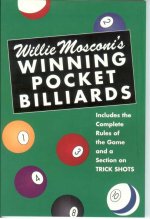Well it was a pretty short read and some publishing/editing issues but ''one'' item jumped out where Willies talking about ''Stance at the Table'' on page
18. Here he's illustrating where the feet/head and alignment of body should be and next he says ''now bend forward at the hips, your weight is distributed evenly on both feet. In this position, your body can move slightly forward with the stroke. This forward movement will help you follow through on your stroke.''
This FORWARD MOVEMENT was again mentioned on page 21
Next:
(he's talking about stance again and the players body in relation to where the cue ball is at, meaning the shooter is either close to rail or out further into the play field and not in the most natural/comfortable shooting position)
Here's his statement;
''If for example, the cue ball is frozen to, or is close to the rail your position changes''
Willie is talking about the position of your body.
''In this case, you would be farther back from the table, but, again, your body
faces the shot, you are balanced to move forward with the stroke and your head is over the cue in the line of aim.''
I'm going to try this concept this week, tho being as tall at I am 6'6'', any movement is accentuated so I'm real reluctant to incorporate, I've never taught this concept.



